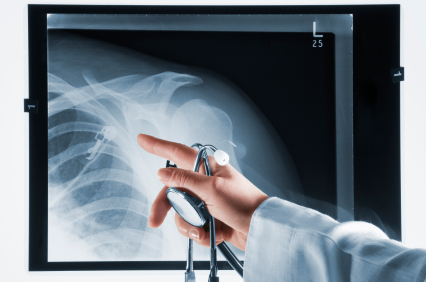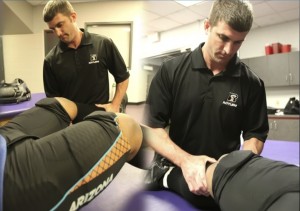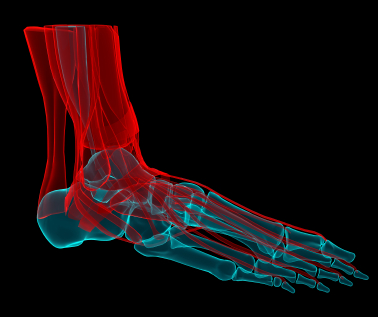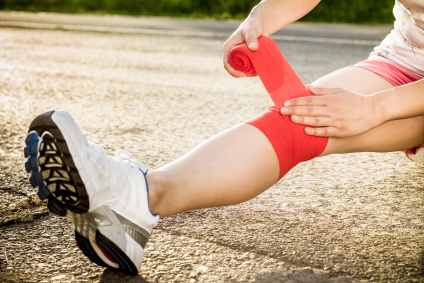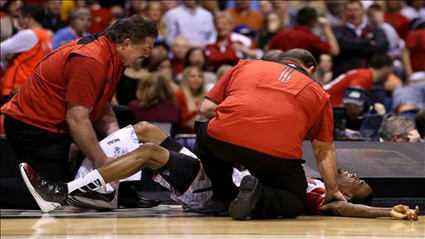
Did you happen to catch the ‘Money’ Mayweather vs ‘The Ghost’ Guerrero fight over the weekend? If so, you might have noticed how the fight stalled a bit towards the final rounds – many blaming Mayweather for watching the clock and protecting his obvious victory. But others, particularly those in the Phoenix orthopedic surgery industry, noticed a holding back from Mayweather, indicating a possible injury sustained in the prize fight. And if you’ve kept an eye on boxing news today, you’ll notice that Mayweather did indeed sustain a hand injury sometime during the middle rounds.
As an Arizona orthopedic surgeon, it wasn’t difficult to ascertain the extent of the injury based on the final rounds of the fight, but let’s dive into hand injuries that boxer’s most often endure, and how the injury might affect Mayweather’s September fight.
Floyd ‘Money’ Mayweather’s Hand Injury
Floyd Mayweather is a beast of a fighter. With a record of 44-0, this young man has successfully established himself as one of the best, holding titles in five weight classes. And while his fight over the weekend may not have been one of the most exciting or entertaining for any orthopedic surgeons watching, it was a lesson in boxing that many found compelling. And, later in the evening, when we found out that Mayweather was boxing with an injured right hand, it became even more apparent how remarkable this boxer is.
According to Bryan Armen Graham of Sports Illustrated, Money said that he hurt his hand somewhere in the middle stages of the fight and felt the injury is what prevented the undefeated champion from knocking Guerrero out.
After a visit to the hospital after the fight, Mayweather’s camp is telling the press that his hand is fine, no factures, simply soreness, dispelling fears regarding Mayweather’s September fight. From a Phoenix orthopedic surgeon’s perspective, the injury is most likely soft tissue contusion from multiple traumatic impacts. Something that you might expect after a boxing match that lasted as long as this one did.
Dr. Martin, Phoenix’s best orthopedic surgeon, suggests simple symptomatic treatment including rest, ice, NSAIDS (nonsteroidal anti-inflammatory drugs) and progressive return to boxing as symptoms allow.
While the extent of the injury is still unknown, as an Arizona orthopedic surgeon I can tell you the most common boxing injuries and what Mayweather could possibly be facing.
Common Boxing Hand Injuries
Boxing wreaks havoc on the body, from the spine to the knees to the neck, head, arms, shoulders, elbows, and hands. In this instance, where Mayweather experienced ‘soreness’ during and after the recent fight, we’re taking a look at common boxing hand injuries that can cause pain such as Mayweather’s, many of which Phoenix orthopedic surgeons see quite often.
Boxer’s Fracture – A Boxer’s Fracture occurs when the clenched fist is collided with a skull or hard, immovable surface. The great impact results in compression of the knuckles, which snaps the metacarpal bone. This fracture can lead to orthopedic surgery to realign the fractured metacarpal bone, casting, and rehab. In the mildest cases of Boxer’s Fracture, recovery time can be up to 3 months.
Boxer’s Knuckle – This is an injury to the prominent metacarpophalangeal joints of the hand, also known as the knuckles. Because the knuckles are highly vulnerable, this is a quite comment injury and as an Arizona orthopedic surgeon it is something that I’ve often treated.
Finger Fractures – These types of fractures are also very common among boxers, especially those just starting out because they most often occur when a punch lands wrong. This type of injury could require treatment from an Arizona orthopedic surgeon, as well as physical therapy.
Bruising and Sprains – Boxing bruises and sprains are also very common, but as an Arizona orthopedic surgeon I have seen these simple injuries become something far worse if not treated properly. While these injuries are not considered emergencies, they can lead to a fracture or major break if left untreated.
Prevention
As Dr. Shelden Martin always promotes – prevention is truly the best medicine for boxing injuries, or any injuries related to the hand, for that matter. Hand injuries can interrupt every single aspect of your life, and as an Arizona orthopedic surgeon who has operated on many hand fractures and hand injuries, Dr. Martin suggests treating any hand injury immediately. From the smallest scrap to the most painful fracture, seeking proper treatment immediately will reduce recovery time and get you back into the ring, or on the playing field, must faster.
Call today for an appointment with the best orthopedic surgeon in Arizona! 480.685.2850







